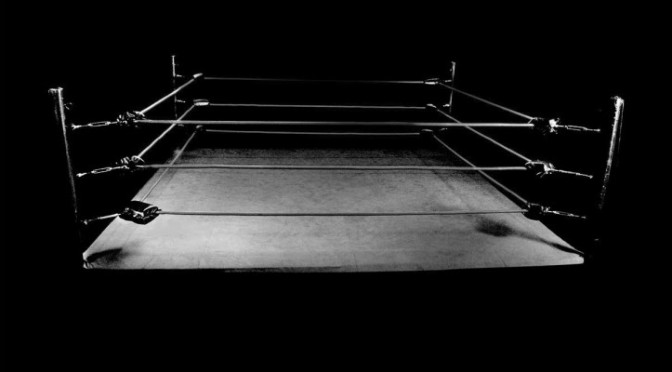By Michael Robinson
With the Mayweather-Pacquiao mega fight finally upon us, for those who are fortunate to be in Las Vegas this weekend it is sure to be a magical time. For the rest of the boxing fans and casual observers the rush is on for last minute fight plans. Do you know of anyone going to Vegas? Where are you watching the fight? What am I going to serve? Can you believe how much the fight costs? Who do you think is going to win? These are common questions people are asking themselves preceding the fight; however, what we should be asking ourselves is why do we want our fighter to win.
While most will attempt to give you technical reasons why they believe one fighter will win, when it comes to the sweet science, boxing has very little to do with it. When you trace the historical biases boxing has deeply rooted itself in, one can understand why boxing spectators are so segregated. Political agendas were infused into the American boxing scene as early as the 1910’s. WASPy Democrats narrowed the entry of Republicans, who were supported by African Americans post- Civil War. The two parties continued to battle in the political realm on through 1930’s when a nationalist sentiment took over. This conflict gave boxing the red and blue corners that are in use today.
Religion has been a divisive force in US boxing. Catholics were the controlling entity in the early 20th century. Catholics, who were also primarily Democrats, precluded Jews, African Americans, communists and many others opportunities to gain strength in the national boxing landscape. One only has to look at boxing’s first great champion, Jack Johnson, to see the racial history of boxing. A bold, braggadocious and determined boxer from Galveston, Texas went on to win the heavyweight title despite fighting on the black circuit early in his career. The white champion Jim Jefferies refused to make the fight with the “Galveston Giant” before the pressure and attention of Johnson became to much to ignore in 1910.
Upon examination it is not difficult to understand the boundaries embedded in boxing. Many of the issues in boxing are set due to the temperature of the nation at the time. However, new ethos are developing within the combative sports culture such as MMA vs. Boxing, male boxing vs. female boxing, and the classic rhetoric of nationalism. Each of the these cases give further credence to fact that boxing has and seemingly will always be carried on the backs of prejudices. The challenge in examining this construct lies in the sentiment of prejudice, very few people are readily to acknowledge that prejudices are alive and present in their own thought process. Think back to your middle school dance— when you arrive girls are on one side and boys are on the other. People tend magnate toward like people and that line of thinking usually derives from prejudices, it is how we are indoctrinated from youth by our parents. Survey the crowd wherever you are watching this mega fight, notice the passion by the onlookers and you might see a systemic unfriendly truth. Clear lines of delineation based in prejudices define boxing just as in society today.



